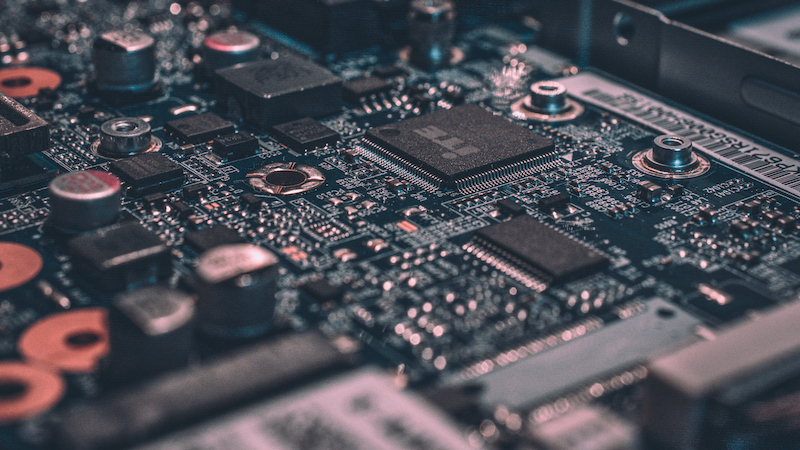Recyclable electronics: Researchers develop sustainable transistors
When it comes to electronic devices, there seems to be hardly any sustainable and recyclable electronic components. But if a US research team has its way, that could soon change.
The mass of electronic devices is likely to have increased significantly in recent years. Many manufacturers struggled to keep up with the production of computer chips during the pandemic. In the meantime, the situation has calmed down again. Samsung, for example, reduced its own systems because demand is even more likely to decrease this year.
Nevertheless, electronic components usually have a decisive disadvantage. Because they are difficult to recycle and therefore not particularly sustainable. The reason: Many manufacturers combine raw materials with each other. A separation afterwards proves to be difficult and often not profitable. A solution could now from Duke University come to Durham.
Recyclable electronics thanks to printed circuits?
The researchers took a completely different approach. Because they simply printed the circuits on a circuit board. With their approach, no harmful chemicals are used, just three different inks. These are based on carbon and nanocellulose.
The latter is responsible for separating the various channels. Once printed, the material could easily be separated again using an ultrasonic device and a benzene-like liquid (toluene). According to the team, it was able to recover 95 percent of the carbon material.
Pressure requires a lot of patience and sensitivity
However, the approach also proved to be relatively complex. The team worked layer by layer towards the final circuit. Drying at 40 degrees Celsius to 70 degrees Celsius ensured stability. After each shift, the researchers washed off the surfactants that had formed.
In the first attempts, the scientists tested their new method on paper, silicon and Kapton. They see sensors and TFT screens, which are already based on thin-film transistors, as a possible area of application. However, the team would like to optimize the performance of their transistors before they can be used more widely.
Also interesting:



